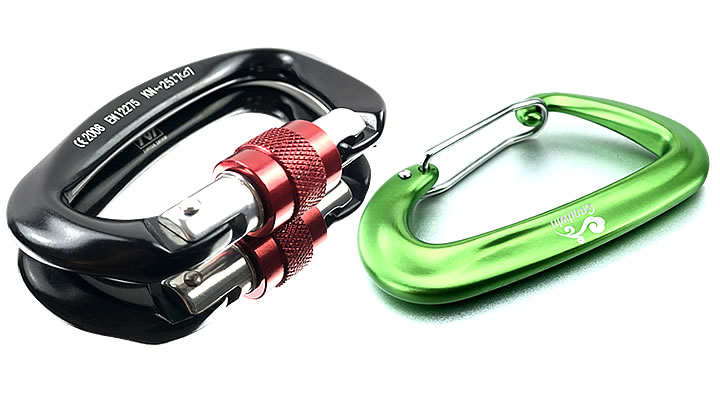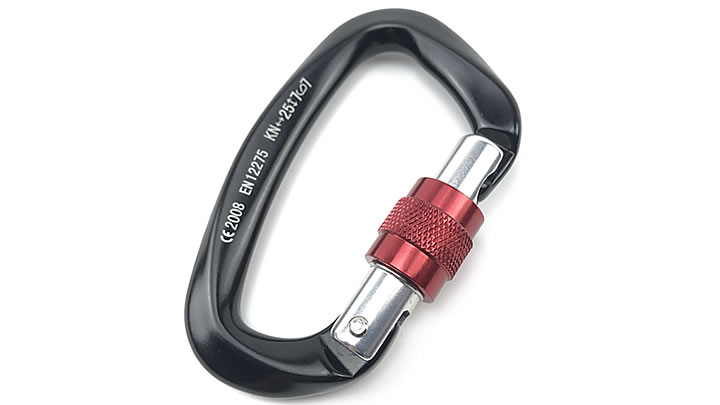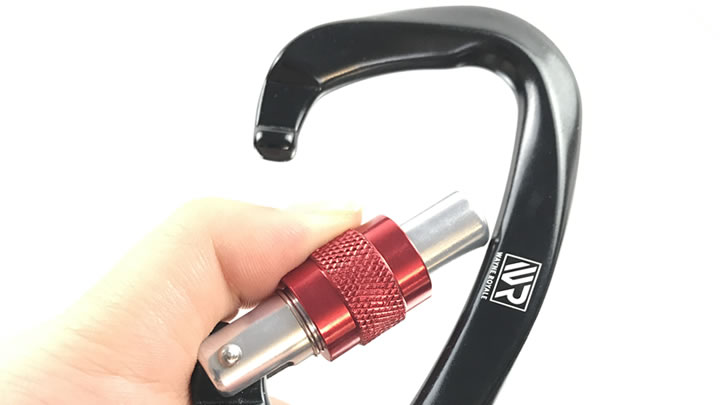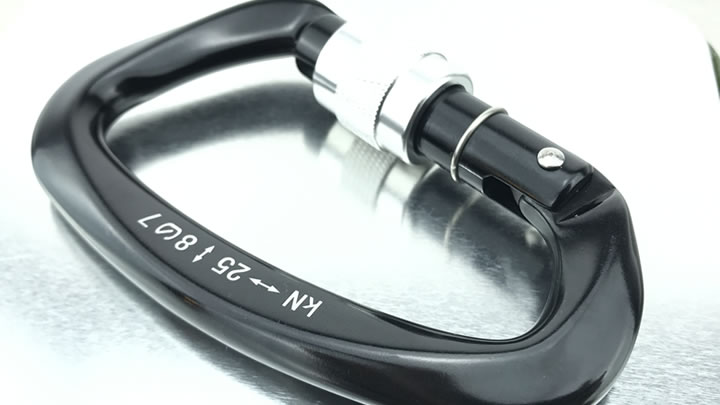Do Trekking Poles Reduce Knee Strain? Science-Backed Answers for Hikers
The short answer: Yes, dramatically—especially on descents. Research confirms trekking poles reduce compressive forces on knees by 15–28% (Journal of Sports Science & Medicine). Here’s how they protect your joints and how to maximize benefits:
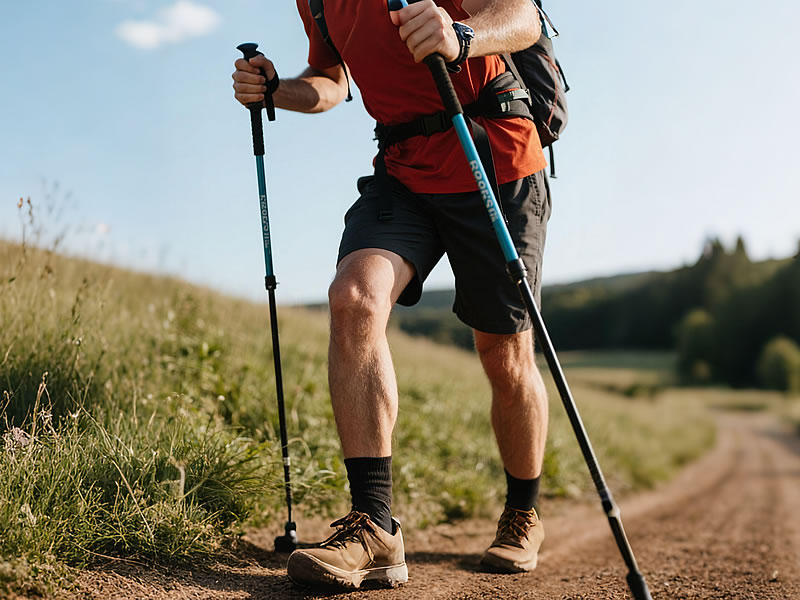
The Biomechanics: How Poles Unload Your Knees
- Weight Redistribution:Transfers ~5–8 kg of load per step from legs to upper bodyReduces patellofemoral (kneecap) pressure by 25% on declines
- Stability Enhancement:Prevents destabilizing "micro-slips" that strain ligaments
- Shock Absorption:Poles absorb 20–30% of impact energy before it reaches knees
Evidence from Trail & Lab
| Study | Findings |
|---|---|
| NEJM (1999) | 25% less knee strain during downhill hiking |
| Gait & Posture (2021) | 18% lower knee joint torque in osteoarthritis patients |
| Swiss Alpine Club | 63% fewer knee pain reports in pole users on multi-day treks |
Critical Technique: Doing It Right
Wrong Technique WORSENS Strain!
- ✘ Holding poles too long/short
- ✘ Stabbing poles beside feet
- ✘ Locked elbows
Pro Methods for Knee Relief:
- Downhill:Lengthen poles 5–10 cmPlant tips ahead of feet (creates "braking" effect)Lean slightly forward (counterintuitive but reduces joint shear)
- Uphill:Shorten poles 5–8 cmPush through wrist straps to engage lats
- Flat Terrain:Use natural arm swing rhythm (pole tips land at heel level)
Who Benefits Most?
- Knee Osteoarthritis Sufferers: 22% pain reduction (Arthritis Care & Research)
- Post-ACL surgery rehab hikers
- Heavy backpackers (loads >20kg)
- Over-50 hikers experiencing age-related cartilage loss
Pole Selection for Maximum Joint Protection
- Shock Absorption:Essential for existing knee issuesLook for internal spring systems (e.g., Leki’s Super FX)
- Grip Type:Cork molds to hands, reducing death-grip strain
- Adjustability:Critical for slope-specific optimization
Myth Buster: Rubber tips INCREASE knee strain on trails by reducing traction. Use carbide tips for secure planting.
Beyond Poles: Complementary Knee Protection
- Combine poles with:Eccentric quad exercises (lunges on decline)Hiking rhythm breathing (sync pole plants with exhales)Grade-adjusted pace (slow descents by 20%)
When Poles Aren’t Enough
Seek medical advice if experiencing:
- Sharp patellar pain
- Swelling lasting >24hr post-hike
- "Locking" sensations
The Verdict:
Used correctly, trekking poles are among the most effective tools against hiking-induced knee degeneration. For optimal protection: choose adjustable poles with shock absorption, master downhill planting technique, and pair with strength training. Your knees will thank you at mile 15.

